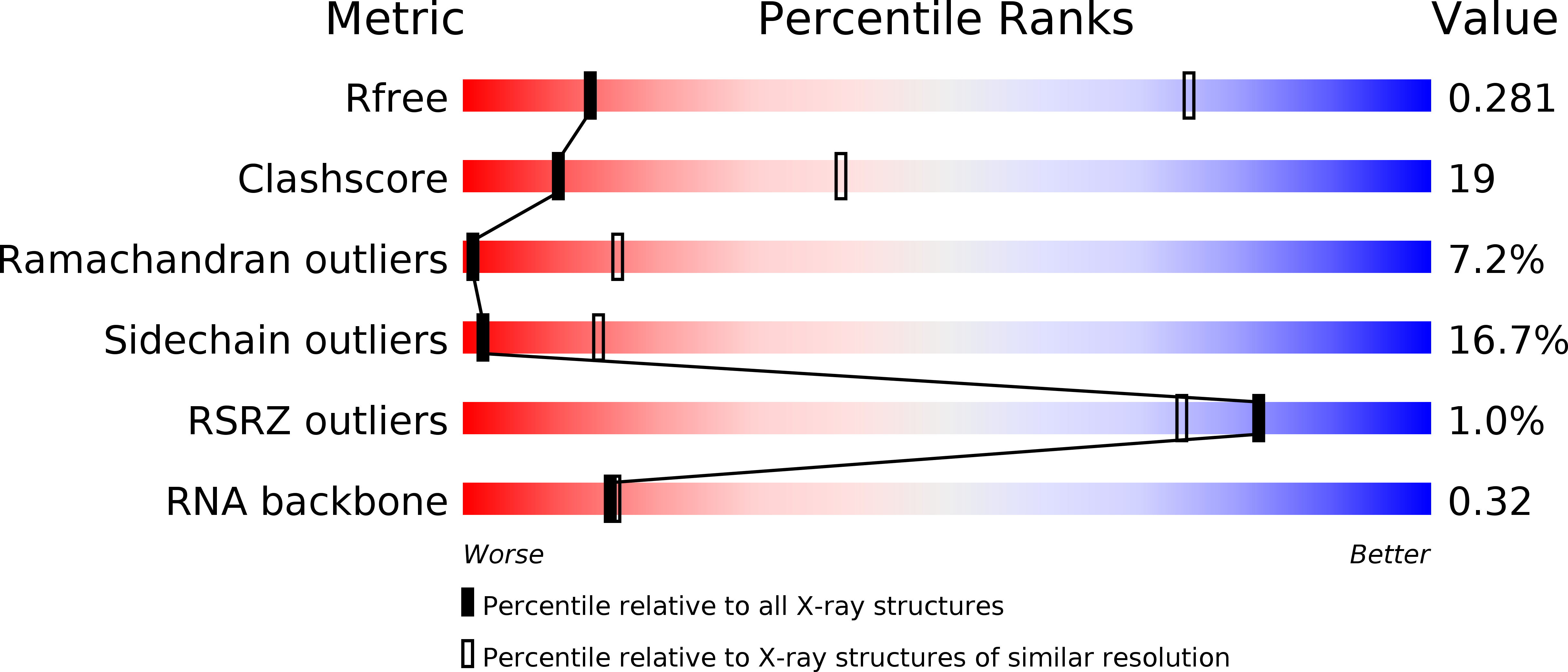
Deposition Date
2014-12-07
Release Date
2015-02-04
Last Version Date
2024-10-23
Entry Detail
PDB ID:
4X67
Keywords:
Title:
Crystal structure of elongating yeast RNA polymerase II stalled at oxidative Cyclopurine DNA lesions.
Biological Source:
Source Organism:
synthetic construct (Taxon ID: 32630)
Saccharomyces cerevisiae (strain ATCC 204508 / S288c) (Taxon ID: 559292)
Saccharomyces cerevisiae (strain ATCC 204508 / S288c) (Taxon ID: 559292)
Method Details:
Experimental Method:
Resolution:
4.10 Å
R-Value Free:
0.28
R-Value Work:
0.24
R-Value Observed:
0.24
Space Group:
C 1 2 1


